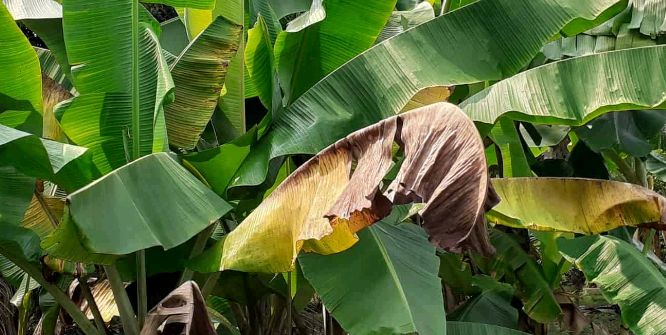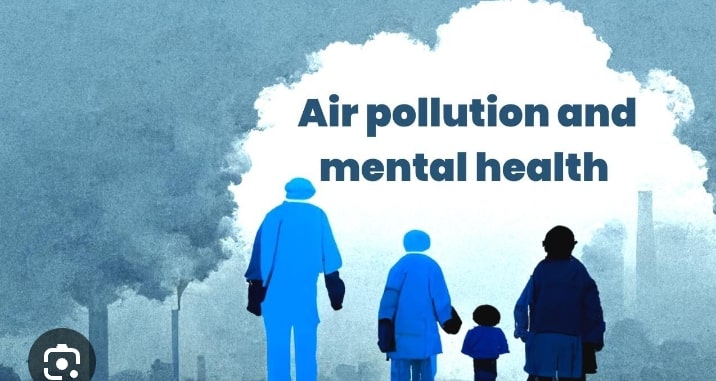Nursing training examination questions and answers
Nursing training examination questions and answers! Answer all questions by selecting the best options that suit each of the questions
1. Koplikis spots are symptoms of
A. Typhoid
B. Measles
C. Chicken pox.
D. Polio.
2. Which of the following diseases is also known as the barometer of social welfare.
A. Tuberculosis
B. Cholera
C. Leprosy
D. Malaria
Tuberculosis is mostly associated with low socioeconomic group hence called barometer of social welfare. It is caused by:
– lack of awareness and health education
– malnutrition
– popular explosion
– old traditions early marriage and polygamous marriage.
Nursing training examination questions and answers
3. Kwashiorkor and beriberi are
A. Communicable diseases
B. Dificiency diseases
C. Non of the above
D. Infectious diseases
4. Black water fever is related to
A. Tuberculosis
B. Cholera
C. Leprosy
D. Malaria
This malaria is caused by female anopheles mosquito. The causative organism is plasmodium. If an infected female anopheles mosquito bites you, it passes the parasites to you through its proboscis. Within thirty minutes, the parasites start attacking the red blood cells. They destroy the red blood cells which make oxygen supply difficult. It becomes even deadly if the victim is a child. Female anopheles mosquitoes are only active in the night. They breed on the surface of clear stagnant water. The mosque larva undergoes through respiration through a structure called niphon. Due to surface tension of water, the larva can survive successfully on water. It undergoes through a complete life cycle. Malaria is also called hemoglobinuria
Nursing training examination questions and answers
5. Chikungunya species belongs to which family?
A. Flaviviridae.
B. Togaviridae.
C. Bunyaviridae.
D. Reoviridae
It is also known as bone viral disease.
6. Measles vaccine is administered by which route?
A. Intradermal route
B. Intravenous route
C. Oral route
D. Subcutaneous route
7. All stages of rashes are samontaneously ion which diseases?
A. Typhoid
B. Chicken pox.
C measles
D. Small pox
8. Small pox vaccine was invented by
A. Lewis pasteur.
B. Ronald Ross.
C. Edward Jenner.
D. Alexander Fleming
Nursing training examination questions and answers
9. Which of the following is the route of administration of MMR vaccine
A. Oral route
B. Subcutaneous route
C. Nasal route
D. Interdermal route
10. Which of the following vaccine is sensitive to heat?
A. Oral polio vaccine
B. DPT vaccine
C. TT vaccine
D. Measles vaccine
11. Trench fever is also known as
A. Five day fever
B. 8th day diseases
C. Typhoid
D. Malaria
Trench fever disease is a bacteria disease. Some of the symptoms are:
-pains behind the eye
– muscle aches
– relapsing fever
– sever headache
12. The sausative organism of plaque diseases is.
A. Yersinia pestis.
B. Treponema palladium
C. Vibro cholera.
D. Mycobacterium tuberculosis
13. Which of the following diseases is caused by bacteria
A. Tuberculosis
B. Measles
C. Small pox.
D. Rabies
Some of the signs and symptoms are: coughing and sneezing
It is a mycobacterium tuberculosis It affects the lungs
14. Which of the following breeds of mosquitoes cause malaria
A. Female anopheles mosquito
B..Culex mosquito
C. Aedes mosquito
D. Male anopheles mosquito
This can lead to liver and spleen enlargement, pain in the skin etc.
15. The most common cause of IMR in Africa is
A. Congeniality heart diseases
B. LBW
C. Diarrhea
D. Marasmus
Nursing training examination questions and answers






